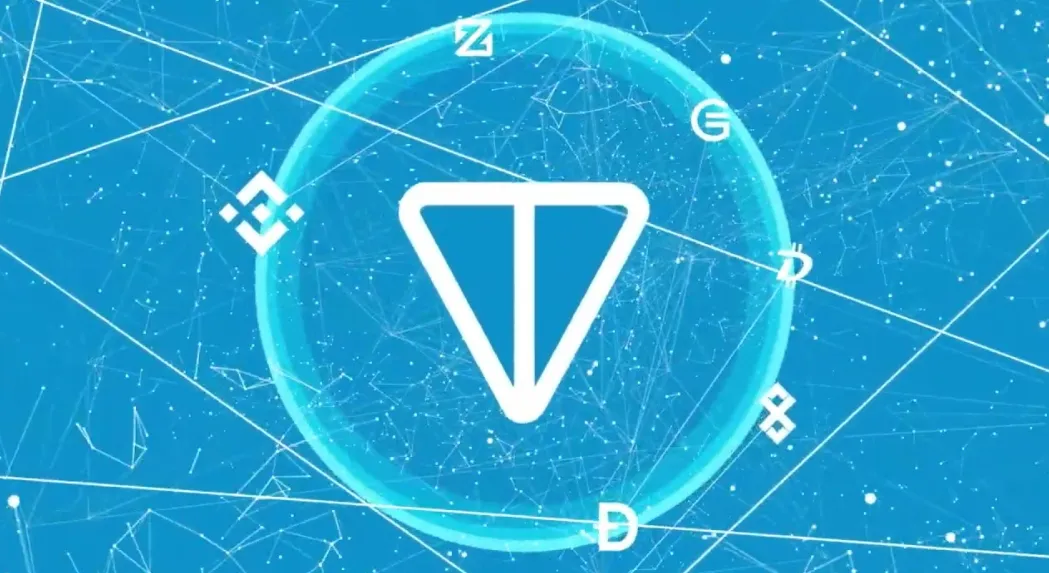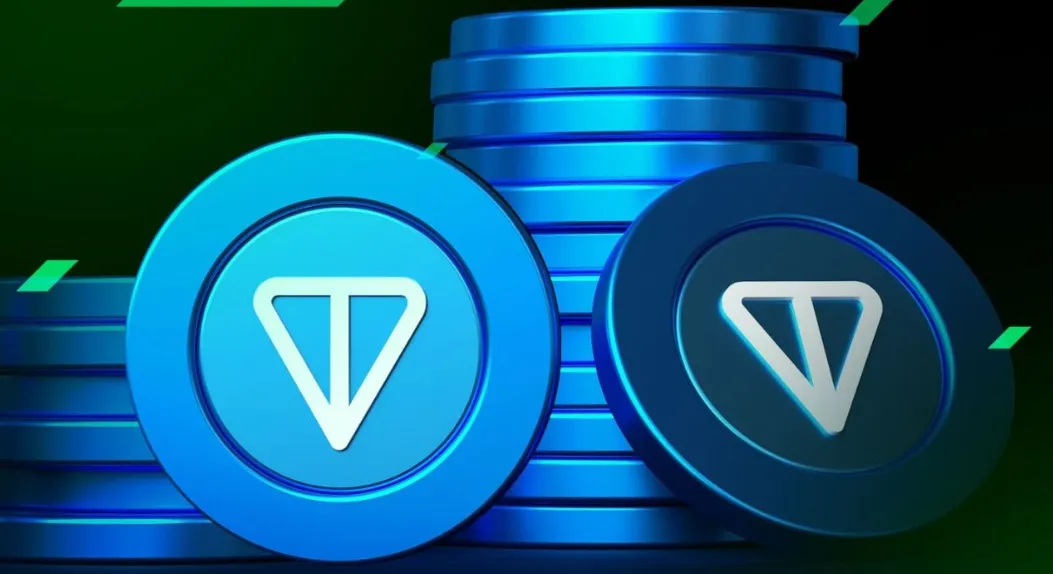TON Blockchain vs. Traditional Networks: A Comparative Analysis
Introduction
What are microtransactions and their growing importance
Microtransactions are small payments that are used to purchase goods or services, mostly in the digital space. They have become an important part of the modern economy as they allow users to purchase point services or products while avoiding large expenditures. Examples include the purchase of in-game currency, additional content in apps, subscriptions to premium services and tips to authors on digital platforms.
Microtransactions are growing in importance every year. People appreciate convenience and the ability to make payments in real time, whether it’s buying skins for characters in games or supporting their favorite blogger with small donations. This trend is amplified by the development of mobile technology and the globalization of digital platforms.
However, traditional financial systems face challenges in processing such payments. High fees and complex processes make it difficult to use them for microtransactions. In this environment, new solutions such as blockchain networks are emerging, providing TON microtransactions to become a cost-effective and highly efficient tool.

The role of TON in enabling efficient microtransactions
Traditional banks and payment systems, despite their widespread adoption, often fail to meet the challenges of micropayments. This is due to the limitations of their architecture: fixed fees, long processing times, and dependence on centralized systems.
The TON Blockchain network offers a radically different approach. Based on a decentralized architecture, it provides faster transaction speeds and significantly reduces costs. This makes it ideal for handling small payments.
A key advantage of TON is its ability to handle huge amounts of data thanks to sharding technology. This approach allows load sharing between network nodes, improving performance and reducing transaction processing time. As a result, the efficiency of digital payments reaches a whole new level, creating favorable conditions for both users and companies using micropayments.
Advantages of using TON for microtransactions
Efficiency and low fees
One of the main reasons why TON stands out among other networks is its low transaction fees. Traditional payment systems, such as Visa or PayPal, charge flat or percentage fees that can be a significant portion of the microtransaction amount. This makes such payments unprofitable for small businesses and users.
TON, on the other hand, provides a unique opportunity to reduce costs to almost zero. Thanks to its decentralized structure and advanced consensus mechanisms, the network provides cost efficiency, making it possible to make payments of minimal amounts without worrying about high fees.
Real-time speed and processing
Low fees are not the only advantage of TON microtransactions. Another important aspect is the high speed of processing. The TON protocol is designed to handle a huge number of transactions, ensuring that they are completed in a fraction of a second.
For micropayments, especially in areas such as online gaming or subscription systems, this is crucial. Users expect instant access to purchased goods or services. Using TON Blockchain, the user experience can be significantly improved, making the network a leader in innovative solutions for microtransactions.
Use cases
In-app purchases
One of the most popular use cases for microtransactions is in app purchases. In app purchases have already become standard on most mobile platforms, be it Android or iOS. Users often purchase premium features, virtual currency, or access to exclusive content.
An example would be a game where players purchase virtual items such as weapons, clothing, or unique abilities. Using a TON allows instant completion of the purchase without delay and at minimal cost, which is especially important for high-involvement games.
Tipping and author support systems
In the age of digital content, platforms that allow users to support their favorite authors have become important. This could be a blogger, streamer or musician working online. Thanks to low transaction fees, TON offers the opportunity to send even small amounts as tips or donations.
Previously, such microtransactions were not profitable due to the high fees of traditional systems such as bank transfers. TON changes this paradigm by making support for content makers accessible to everyone.

The gaming revolution
The gaming revolution caused by the introduction of microtransactions has received a new impetus with the advent of TON. With low fees and high transaction speeds, in-game purchases are becoming easier and more accessible.
Gaming platforms use TON microtransactions to sell additional in-game features such as upgrades, unique characters and special levels. This allows developers to increase profits and players to enjoy content without unnecessary restrictions.
Subscription and micropayment systems
Many digital services, such as online courses or streaming platforms, are moving to a subscription model using micro payments. This allows users to pay for access to services in small installments, which is convenient and profitable for both parties.
TON is becoming a key tool for implementing such solutions, providing an opportunity to automate payment processes and significantly reduce processing costs.
Conclusions
Future impact of TON on global microtransaction systems
With the development of technology and the digital economy, the role of micropayments will only increase. TON Blockchain has already proven its effectiveness in providing secure, fast and cost-effective transactions. Its advantages such as low transaction fees, high processing speed and decentralization make it an indispensable tool for businesses and users.
The future of microtransactions is linked to the implementation of TON on a global level. This network can become the basis for new business models that were previously impossible due to the limitations of traditional systems. Thanks to TON microtransactions, users around the world have access to more convenient, affordable and universal payment methods, which contributes to the development of the digital economy as a whole.